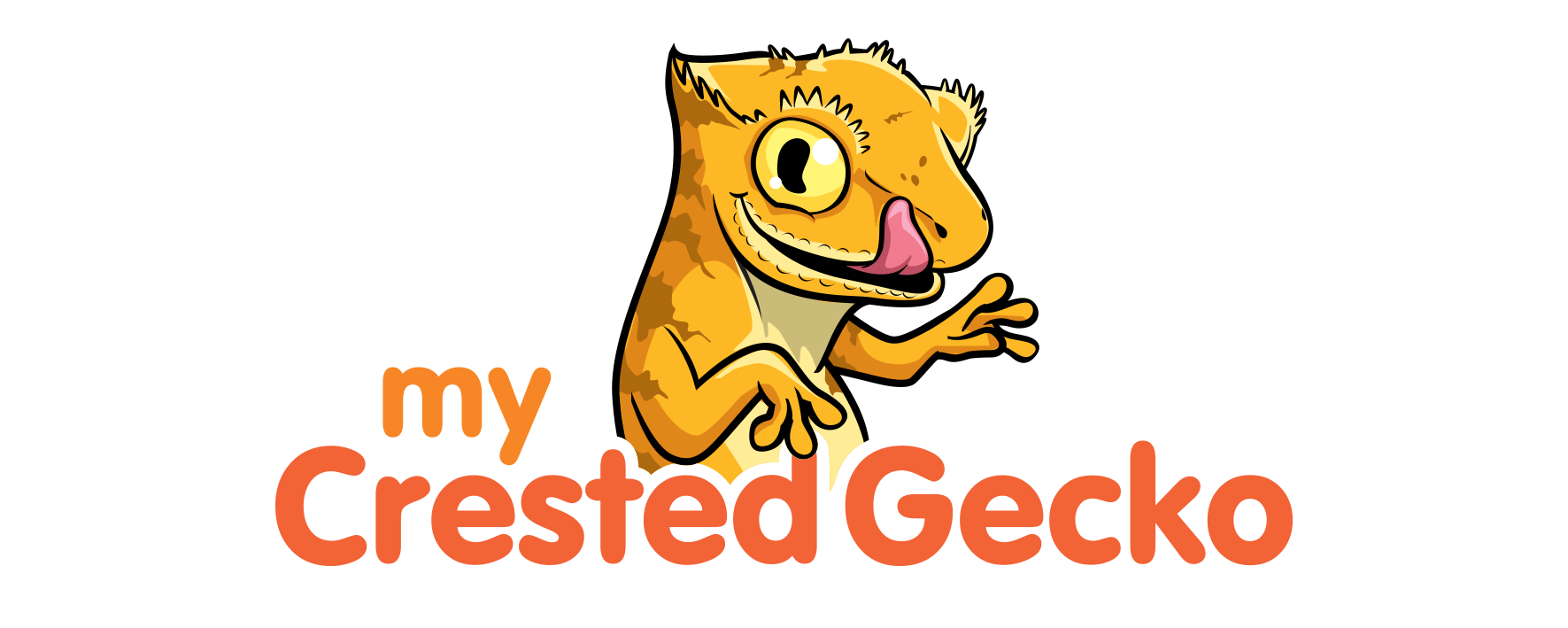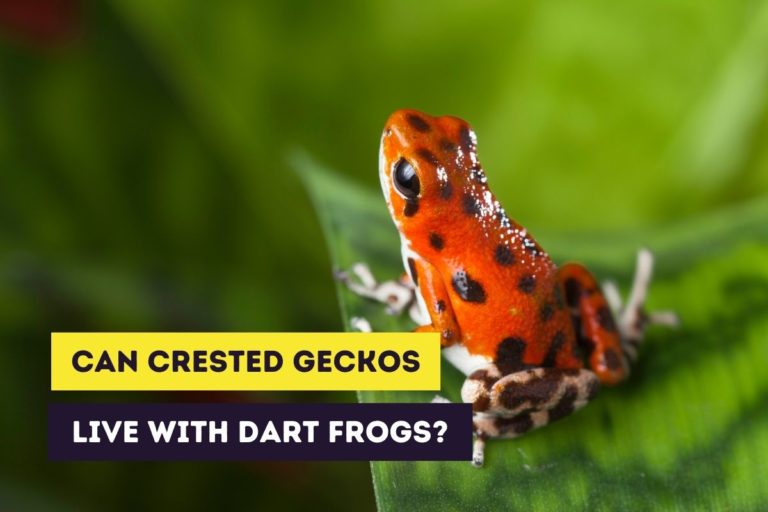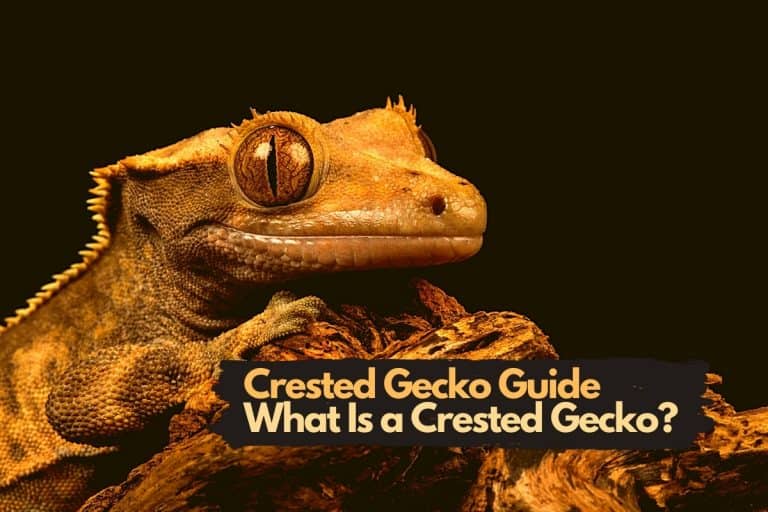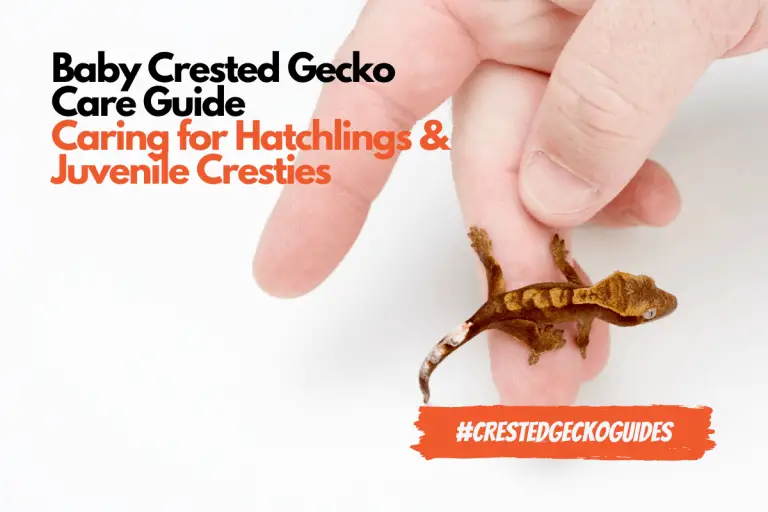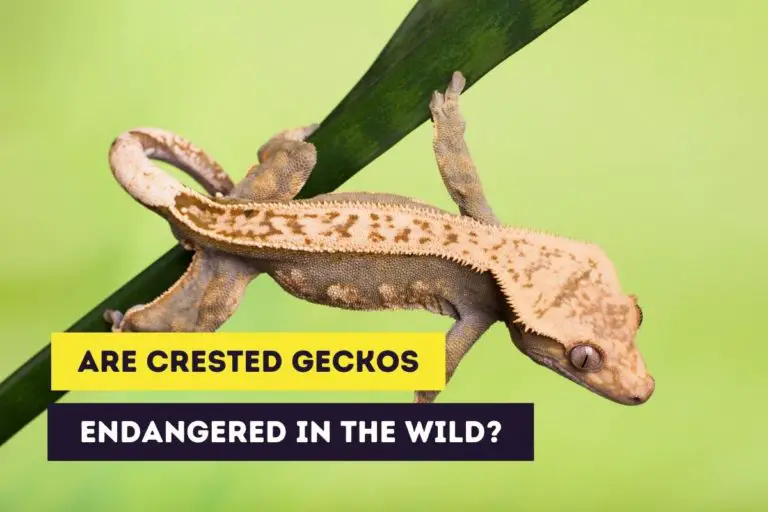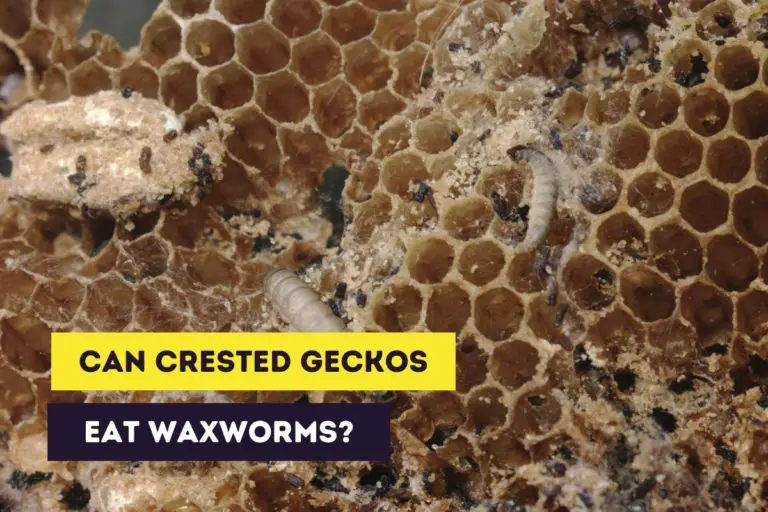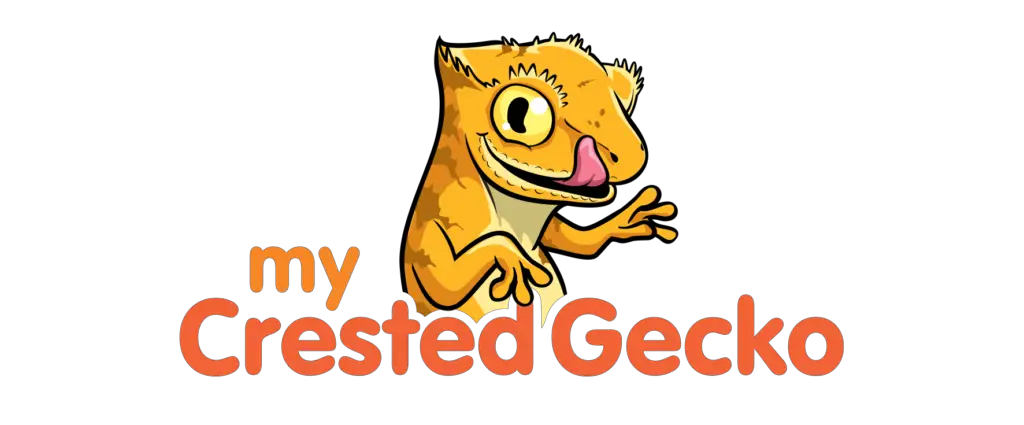Is It Safe To Leave Crickets in With My Crested Gecko?
Crickets are a popular treat or supplement for crested geckos. But crickets are also known for their voracious nature and are no picky eaters when they’re hungry. So you might ask yourself if it’s safe to leave crickets in with your crested gecko.
Leaving live crickets in a crested gecko enclosure for a long period isn’t safe. Hungry crickets will start chewing on your crested gecko and can increase stress levels. Crickets can also spread bacteria and pathogens. It’s recommended to remove leftover and dead crickets when feeding is done.
There are a lot of benefits to feeding crickets or other live food to your crested gecko. But as I already mentioned, there are also dangers and downsides to feeding live crickets.
For this reason, I would recommend keeping a close eye on your crested gecko when you feed crickets. You don’t want to cause pain and stress to your crested gecko!
If you’re interested in stickers or other products of crested geckos, you can always visit our Etsy Shop, which is called Artful Animalia. We currently only send stickers in the United States. If you’re interested in certain crested gecko-related products, don’t hesitate to contact us.
In this article, you’ll learn why it’s dangerous to leave crickets in with your crested gecko and what other downsides there are to leaving them in. You’ll also learn ways to protect your crested gecko from the crickets.
This site contains affiliate links to products we recommend and use ourselves. We may receive a commission for purchases that you make through these links. If you’re interested in learning more about our affiliate links, please visit our (affiliate) disclaimer.
Dangers of Leaving Crickets In a Crested Gecko Enclosure
Feeding on plants, food, and gecko
Crickets are omnivores and will eat both plant and animal matter. When they’re hungry, they can start eating almost anything. This means that the longer crickets stay in an enclosure, the higher the risk is that they start eating on the enclosure’s interior.
Usually, they will start with crested gecko food (MRP), which is sweet and tasty. Then they will begin eating plants, and eventually, they will nibble on your crested gecko. Crickets will mainly target the toes and tail (end) of your crested gecko. Needless to say that this is painful for your crestie.
Increased stress level
Having crickets in the enclosure can cause stress for your crested gecko, especially when it’s trying to sleep. Crickets can make noise and start nibbling on your gecko. The problem becomes worse when there are a lot of crickets that can start overwhelming our crestie.
With crickets jumping around in the enclosure, your crested gecko will have difficulty sleeping with crickets in its vicinity (causing stress).
Spreading pathogens
Crickets can cause the spread of pathogens (organisms that cause diseases) by biting your crested gecko and creating wounds. Bacteria can then enter the body and bloodstream of your crested gecko easier.
But crickets can also just spread pathogens by jumping and climbing around the enclosure, spreading bacteria from urates and feces to the water and food of your gecko.
Downsides of Leaving Crickets In a Crested Gecko Enclosure
Crickets hiding in the enclosure
Crickets are capable of finding the most hidden places in an enclosure. So when you let the crickets in the enclosure with many plants and decorations, they can start finding hiding places and be challenging to locate.
You don’t want the crickets going into hiding. They can die and start smelling. But they can also come out of their hiding and start nibbling on your crested gecko while it’s sleeping.
Smell of dead crickets
One of the worst smells you can get is the smell of a dead cricket. A crested gecko enclosure can smell bad for several reasons, but you want to avoid the smell of dead crickets at all costs. It can make your enclosure stink, especially when you don’t find the dead crickets.
How to Protect Your Crested Gecko From Crickets
There are a few ways you can protect your crested geckos from getting hurt by crickets. The most obvious way is to feed no crickets or only dried crickets.
But feeding live food does have advantages, and you might want to feed live crickets to your crested gecko. So here are some ways you can protect your crested gecko.
Feeding in a separate container
One of the main problems with feeding crickets is that they can start eating the plants or the meal replacement powder (before starting to nibble on your crested gecko). You can avoid this by feeding crickets in a separate container (like a faunarium).
Feeding in a separate container (such as a faunarium) will allow you to know precisely where the crickets are and what they’re doing. As a result, your crested gecko will have an easier job hunting them. And you can easily remove the leftover crickets after the feeding.
There are downsides to feeding in a separate container. Some crested geckos won’t start hunting in a container unless there’s enough foliage. Some might also become stressed by being in another container.
Feeding an amount your crested gecko can eat
You can prevent crickets from hurting your crested gecko by getting your gecko to eat them. Don’t feed more crickets than your crested gecko can eat!
Start with a small amount and establish how many crickets your crestie eats. This number can be used when you feed crickets in the future. Only give a few crickets at a time and wait until these are eaten.
Removing leftover and dead crickets
Lastly, remove leftover and dead (uneaten) crickets when you notice that your crested gecko isn’t hunting them anymore and has eaten enough.
Dead crickets smell bad and can ruin the smell of the entire enclosure. Also, leftover (living) crickets can start eating the plants, crested gecko food, or start to bite your crested gecko.
Want to Learn More?
If you want to learn more about crested geckos as pets, please read the following articles.
If you’re interested in getting crested geckos as pets you should also definitely read our article about baby and juvenile crested gecko care or (adult) crested gecko care.
